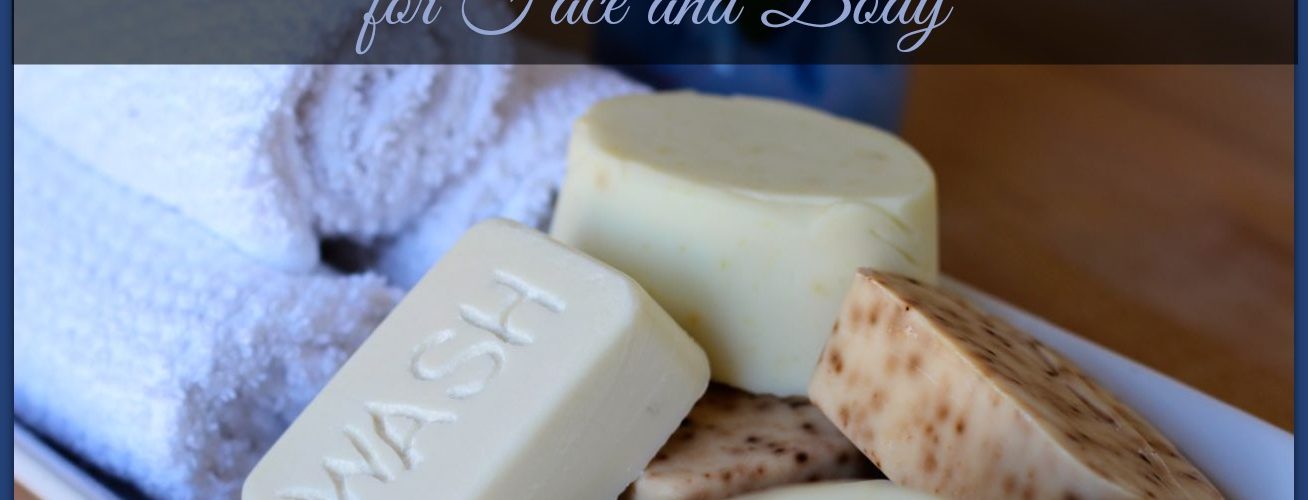For those wanting to learn how to make there own homemade soap the procedure is not too difficult to achieve. What you will find is that once you get into making your own home made soaps that there are a lot of choices that you will want to consider. For instance you can create the following types of home made soaps. Bar soaps, transparent soap, cream soaps, liquid hand soaps, glycerin soaps. These are only a few examples.
One method to make home made soap is the cold process method.
With this method it’s best to lay out all your supplies ahead of time. You will need the following items to complete this task.
(1) A soap making scale. One that measures in metric and imperial will work with almost all soap recipes. A good type to invest in would be a digital scale.
(2) A stainless steel eight to 12 quart pot for the mixing.
(3) A Two quart plastic juice container to mix the lye mixture into.
(4) Two middle size plastic mixing containers for mixing your colors.
One is for the solid colors. The other would be used to create multiple marbled soap colors.
(5) Mixing and measurement supplies: A whisk, or a small hand blender. Rubber spatulas, 2 or 3 of these would be better. Plastic measuring spoons, and a set of plastic mixing spoons.
(6) Two candy thermometers- One for the lye mixture, and one for the oil mixtures. You don’t want to use the same thermometers for both mixtures. Everything that is used for the lye mixture should be labeled as such, and kept separate from your other utensils and supplies.
(7) Small lightweight bowls for weighing materials on the scale with. You can use what you might already have around your home such as butter tubs.
(8) Butchers paper to line the soap molds with. You can also use plastic wrap. Reynolds freezer paper will also be needed to make the seal lids.
(9) A piece of wood the size of the soap molds top opening.
(10) Old woolly type blankets that will be used to insulate the soap with for the setting stage.
(11) Supplies needed for working with the lye mixture: rubber gloves, old clothes, safety glasses, apron that is used solely for the purpose of making soap with and nothing else.
(12) A thin sharp knife to cut the soap into squares, or you can use a soap cutter found at most craft stores.
(13) A few small glass jars with lids. These will be used to keep your additives in them that you will be adding into the soap mixtures in the final steps.
(14) Your oils that you will be adding together to make the soap. Olive oil, coconut oil, solid vegetable shortening.
Now that we have our supplies lets begin to make our first batch of homemade soaps shall we.
Step 1: You will need to dissolve 12 oz. of lye into 32 ounces of water. You’ll want to make sure that you add the lye to the water, not the water to the lye. If you add the water into the lye it will create a volcano type of smoke which can be harmful to breath this in.
It might also react by splashing and thus burning you. Also be sure to add the lye into the water very slowly. Do not toss it all in at one time. If at all possible you should go for mixing this solution outdoors. You must also be sure to have all your skin, and eyes protected. Wear the safety goggles, and the rubber gloves while handling this mixture.
Step 2: Allow the water and lye mixture to cool to a temperature of 32-35 degrees Celsius or 90-95 degrees Fahrenheit.
Step 3: Melt 24 ounces of coconut oil, and 38 ounces of solid vegetable shortening into the stainless steel pot.
Step 4: Add 25 ounces of regular olive oil (not virgin olive oil) and any of your chosen fragrance oils now into this same pot. Once melted together remove the pan from the heat.
Step 5: Once all the oils in the stainless steel pot cools to room temperature its now time to mix the oils into the lye mixture. Use the second candy thermometer to check to make sure the temp for the oil mixture is at 32-35 degrees Celsius, or 90-95 degrees Fahrenheit.
Step 6 Make sure that you have lined your soap mold with the butcher paper, or plastic wrap before proceeding to step 7.
Step 7: You want to stir these two mixtures together very slowly, but keeping at the same time a constant smooth movement, until the two mixtures become as one blend. Some refer to this as tracing. What this term means is simply to make sure that the oil, and the lye water mixture are blended together, so that they don’t separate when pouring it into the soap molds. You can use your whisk, or hand help mixer to blend these together. Slow movements, and watching for the thickness is what is important here for the tracing step to get completed.
Step 8: When you notice that the soap is keeping its shape momentarily before sinking into the rest of the mix, some refer to this as tracing as explained above. Then it’s time to now add in what ever extra fragrances, or herbs you want in your soap bars.
Step 9: In your small glass jars stir together your additives, and some of the soap mixture that you will take from the mix from the stainless steel pot.
Step 10: Once your additives, and herbs are blended. You’ll now combine them back into the main pots mixture.
Step 11: Now pour the whole mixture into your soap molds.
Step 12: Place the freezer paper on top of the soap mold as a lid. Then place the plywood on top of the freezer paper making a sort of tight weight seal. Now Wrap the mold into the woolly type blankets, and put the molds into a dark area that will be undisturbed, and away from any drafts. The soap will heat up, and then cool down. Leave them to set for a good 24 hour period. Try not to uncover them until they are completely cooled.
Step 13: When the 24 hour waiting period is over. You’ll uncover the soap molds, and let them further set for another 14 – 20 hours.
Step 14: After the allotted time has passed. You can proceed to remove the soaps from their molds. Do this by shaking the molds gently from side to side.
Step 15: Then turn the mold upside down onto your clean cutting area, whether that is a counter top, or a wooden area that you have made up specifically for the purpose of making home made soaps.
Step 16: Cut the soap into bars with the thin knife, or your soap cutter tool.
step 17: Allow the bars to cure for six to eight weeks before you use them.
I hope that this article has helped you on your way to making your own homemade soaps better to understand and implement.
Tags: how to make paper soap at home, can you use shortening to make homemade soap, build soap cutter, manufactoring home made soap, make your own soap cutter, make a soap cutter, lye soap recipe imperial measure, i want to make home made soap.Related Posts
- How To Clean Shower Doors?
- Make Your Own Weed Killer
- How to Make Organic Shampoo?
- How to Make Organic Soap?
<>






